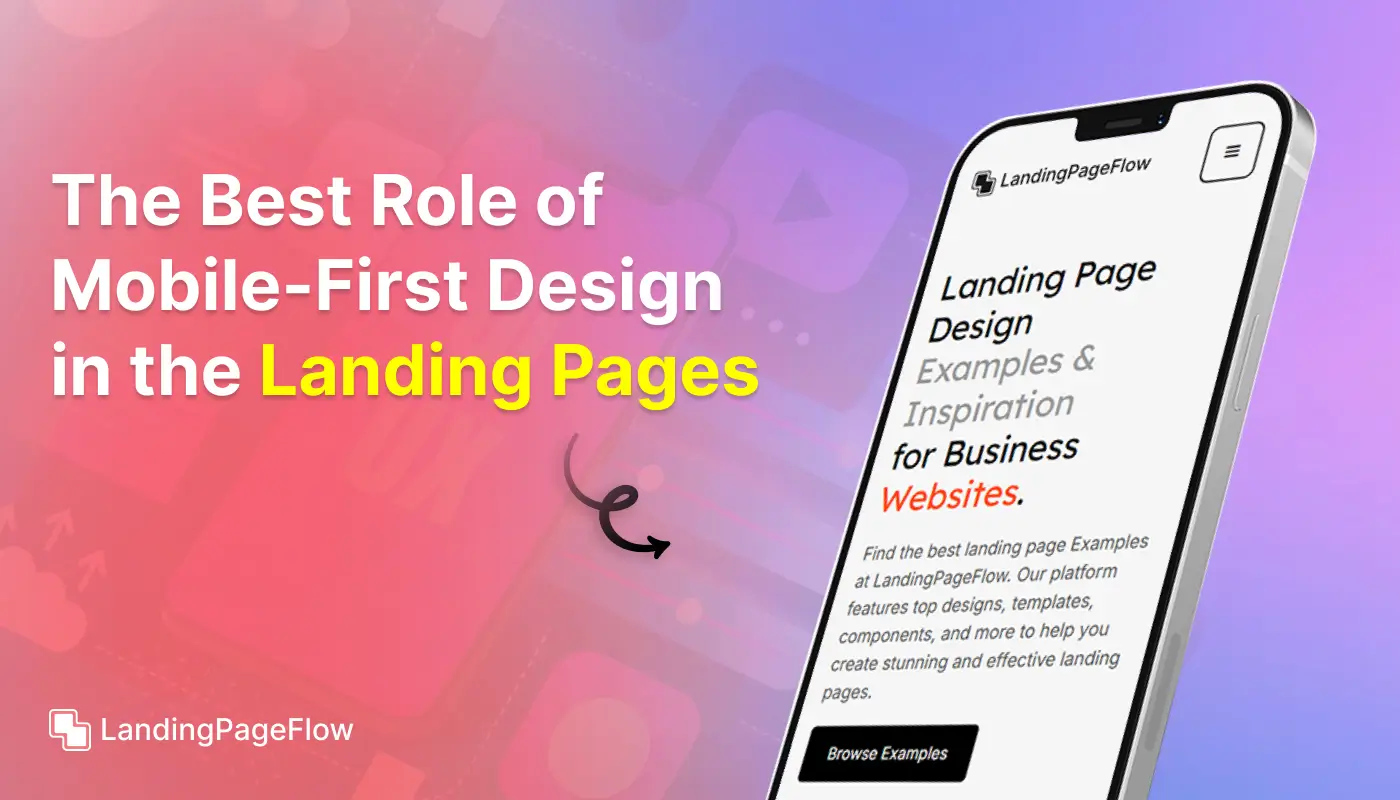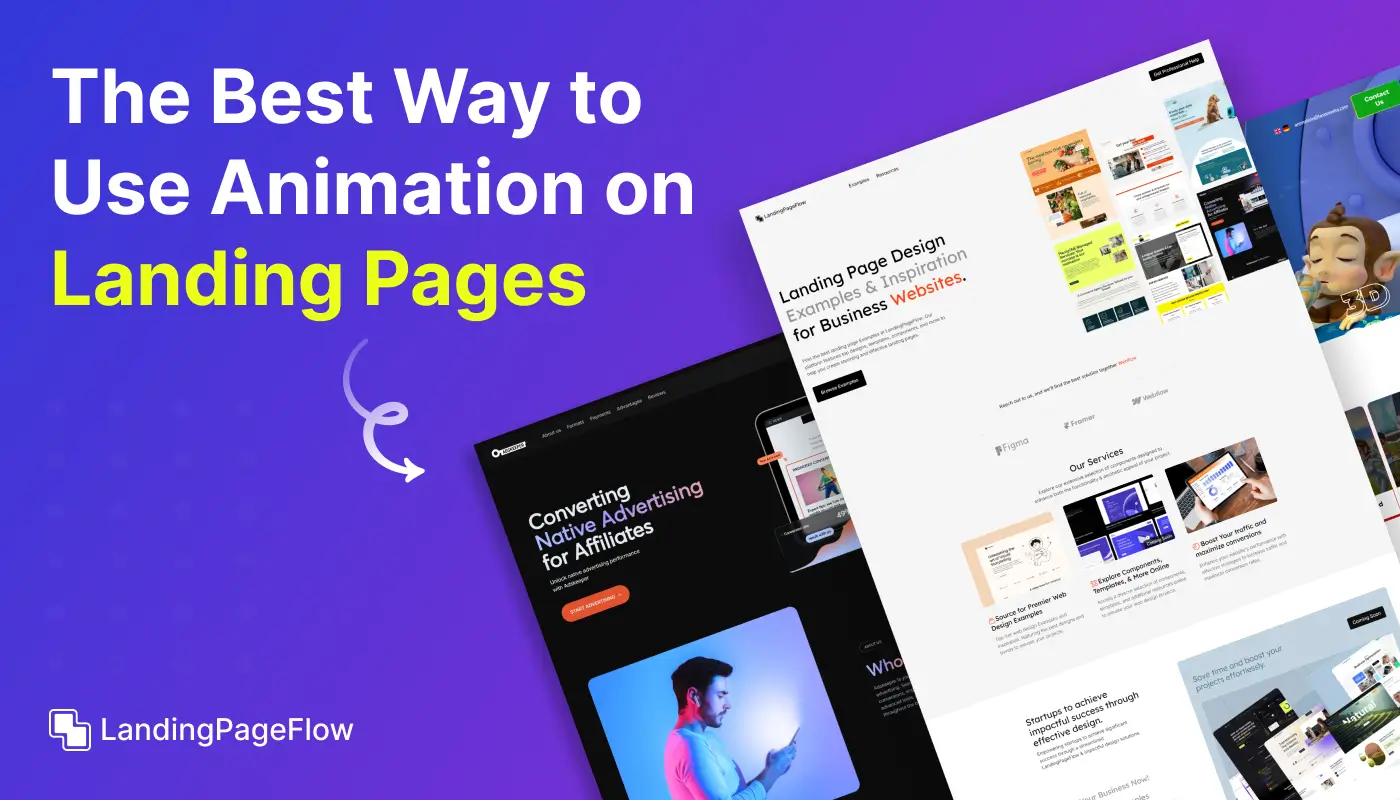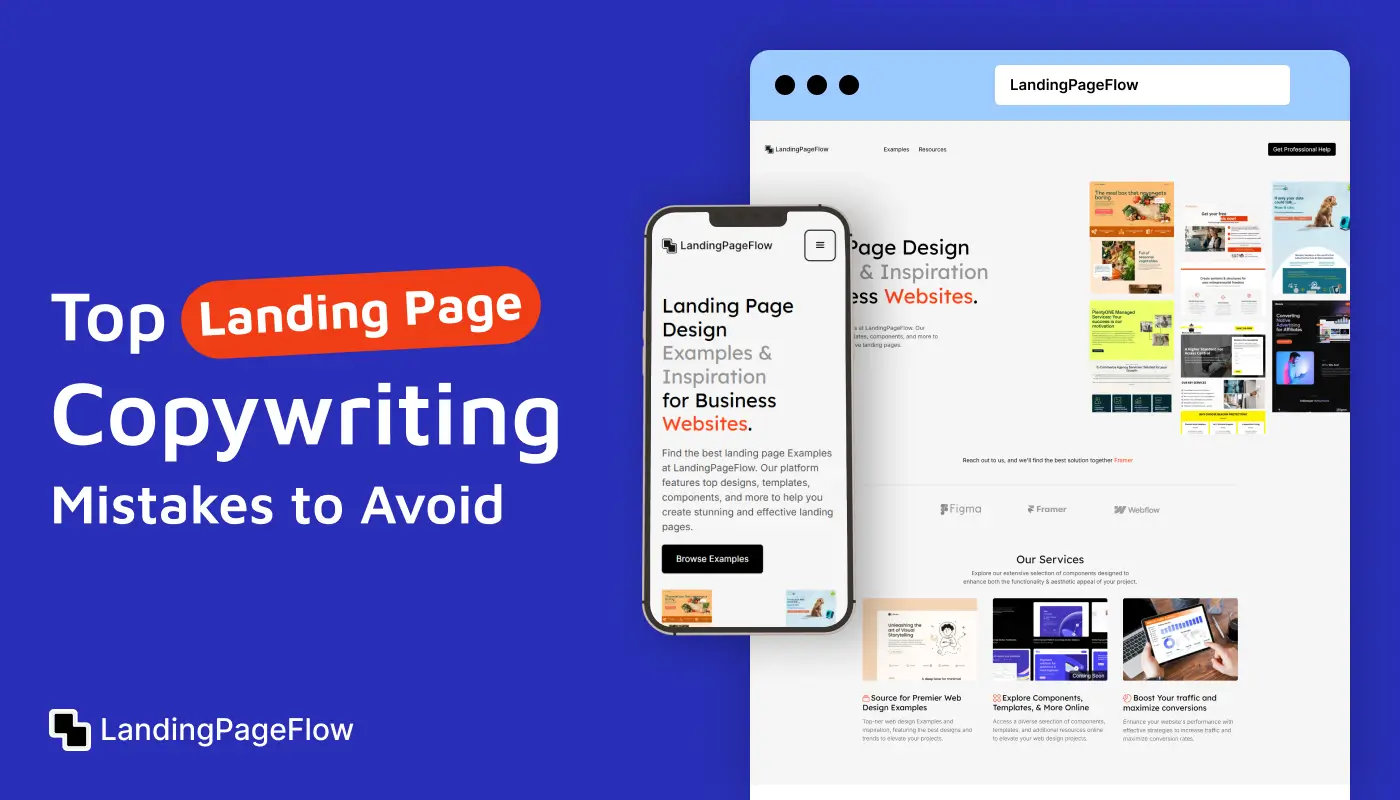Best landing page practices For higher conversions in 2025

October 13, 2025
High-converting landing pages remain one of the most important tools for digital marketing success in 2025. A well-crafted landing page can capture visitor attention and drive measurable results.
Marketers today are focusing on combining persuasive design, strong SEO strategies, and user-focused layouts to achieve higher conversion rates. Businesses that prioritize these details gain an edge in a competitive online landscape.
Effective landing page practices also include mobile optimization, fast-loading speeds, and clear call-to-actions that guide visitors seamlessly. Audiences expect frictionless experiences, and brands must adapt to meet this demand.
Content relevance, engaging visuals, and SEO-rich keywords play a major role in improving discoverability and increasing visitor trust. Each element contributes to a landing page that not only attracts clicks but also retains interest.
By understanding modern trends in landing page optimization, businesses can build stronger digital connections and achieve consistent growth in 2025.
"Boost your digital growth using proven landing page practices for 2025.
Get started now with a complimentary conversion-focused page audit."
Table of Contents
- Match Your Message to Your Ads
- Keep Key Actions Above the Fold
- Use Directional Cues to Guide the Eye
- Show Your Product or Service in Action
- Eliminate Navigation and Distractions
- Include Authentic Social Proof
- Use Clear, Compelling Copy
- Speed Matters - Keep It Fast
- Design For the Right Device
- A/B Test Everything
- Start with Templates (Then Customize)
- Landing Page Design Best Practices
- Let Your Content Breathe
- Use Visual Hierarchy
- Nail the Mobile Experience
- Use Images That Tell a Story
- Lead Gen Landing Page Best Practices
- Use Multi-Step Forms to Reduce Friction
- Limit Manual Typing
- Be Transparent with Privacy
- Use Exit-Intent Popups or Scroll-Based CTAs
1. Match Your Message to Your Ads

Why it matters?
Your landing page should feel like a natural next step from the ad. Consistency reassures visitors and builds immediate trust. Mismatched messaging leads to high bounce rates and wasted ad spend.
How to apply it
Ensure the following elements align with your ad copy:
- Headline: Use the same value proposition.
- Visuals: Match the product or service imagery.
- Tone: Keep language and voice consistent.
Tools to help
- Google Ads Dynamic Keyword Insertion
- Unbounce Dynamic Text Replacement
- Meta (Facebook) Ad Library for creative inspiration
2. Keep Key Actions Above the Fold

Why it matters?
You only have a few seconds to capture attention. Placing your main CTA and value message above the fold ensures users immediately see what you want them to do.
How to apply it
Include the following elements at the top of the page:
- Clear headline
- Strong subheadline or benefit copy
- Eye-catching CTA button
Bonus tip
Use auto-playing GIFs or short videos to explain your product in action near the CTA.
3. Use Directional Cues to Guide the Eye

Why it matters?
People are visual creatures. Subtle cues like arrows, shapes, and even human gaze can guide the user’s attention toward key actions.
How to apply it
Incorporate visual direction with:
- Hand-drawn arrows
- Layout flow (e.g., Z or F patterns)
- Photos of people looking toward the CTA
Keep it subtle
Avoid overwhelming your design with too many directional elements. Less is more.
4. Show Your Product or Service in Action

Why it matters?
Users want to visualize how the product works. Functional, real-life visuals build confidence and remove ambiguity.
How to apply it
Add visual assets such as:
- Animated walkthroughs
- Feature screenshots
- Before/after comparisons
Keep them real
Avoid mockups that feel overly designed or generic. Authenticity drives conversion.
5. Eliminate Navigation and Distractions

Why it matters?
Every clickable element not related to your offer reduces conversion chances. Focus visitors solely on your goal.
How to apply it
- Remove top nav menus
- Hide footer links
- Disable social share buttons
Exception
Always include links to your privacy policy and terms of service.
6. Include Authentic Social Proof

Why it matters?
Potential customers trust the experiences of others. Social proof reduces skepticism and increases credibility.
How to apply it
Use different types of proof:
- Text testimonials with photos and names
- Case study snapshots or video testimonials
- Client logos, trust badges, review scores
Bonus tip
Use stats when possible: "Increased ROI by 247% in 3 months" creates urgency and excitement.
7. Use Clear, Compelling Copy

Why it matters?
People don’t read—they scan. If your message isn’t clear and appealing in 5 seconds, they’re gone.
How to apply it
- Use a value-driven headline
- Follow up with concise subtext
- Break info into bullets or short paragraphs
Avoid jargon
Write like you’re speaking to a curious friend, not an expert.
8. Speed Matters - Keep It Fast

Why it matters?
A 1-second delay in load time can reduce conversions by 20%. Speed equals retention.
How to apply it
- Compress images
- Use fast hosting/CDNs
- Limit third-party scripts
Bonus
Check performance using:
- Google PageSpeed Insights
- Webflow Speed Audit
- GTmetrix
9. Design For the Right Device

Why it matters?
Most traffic is mobile. A page that doesn’t look or work well on phones is a dead end.
How to apply it
- Use mobile-first layout planning
- Ensure large tap targets
- Use readable font sizes
Bonus
Test on multiple real devices, not just browser previews.
10. A/B Test Everything

Why it matters?
Guessing what works leads to missed opportunities. Testing provides data, not opinions.
How to apply it
- Test headlines, CTAs, images, colors
- Try short vs. long forms
- Track heatmaps and click patterns
Tools to use
- Google Optimize
- Hotjar
- VWO or Optimizely
11. Start with Templates (Then Customize)

Why it matters?
Templates save time and provide a tested structure. Start fast, then tailor to fit your brand.
How to apply it
Choose from:
- Webflow cloneables
- Figma UI kits
- Unbounce or Carrd templates
Bonus
Use templates as creative jumpstarts, not rigid layouts.
12. Landing Page Design Best Practices

Let Your Content Breathe
Why it matters?
Cramped pages make people leave. Spacing improves flow and comprehension.
How to apply it
- Use white space generously
- Break up content blocks
- Increase padding on mobile
Tip
Every section should feel intentional, not squeezed.
Use Visual Hierarchy
Why it matters?
Hierarchy guides readers through the page.
How to apply it
- Headline > subheadline > body
- Use contrast and font size effectively
- Make CTAs pop visually
Nail the Mobile Experience
Why it matters?
60–80% of traffic is mobile. Mobile friction means lost leads.
How to apply it
- Use single-column layouts
- Keep CTA sticky or always visible
- Minimize text input
Use Images That Tell a Story
Why it matters
Users connect more deeply with storytelling visuals.
How to apply it
- Use real customer photos
- Show your product solving a problem
- Avoid cheesy stock images
13. Lead Gen Landing Page Best Practices

Use Multi-Step Forms to Reduce Friction
Why it matters?
Shorter forms increase conversion. Multi-step builds commitment incrementally.
How to apply it
- Start with name/email
- Progress to qualifying questions
- End with budget or timeline
Bonus tip
Show a progress bar to reduce form abandonment.
Limit Manual Typing
Why it matters
Typing slows users down, especially on mobile.
How to apply it
- Use dropdowns or sliders
- Offer autofill where possible
- Keep forms to 3–5 fields max
Be Transparent with Privacy
Why it matters?
People won’t share data unless they feel safe.
How to apply it
- Add privacy disclaimers
- Link to your policy
- Use trust badges (SSL, verified, etc.)
Use Exit-Intent Popups or Scroll-Based CTAs
Why it matters?
Not all visitors convert on the first view. Smart popups can capture leads before they go.
How to apply it
- Use scroll percentage triggers
- Offer a lead magnet or discount
- Avoid interruptive full-screen modals
Tools to use
- ConvertBox
- OptinMonster
- Sleeknote
Conclusion
Beginning in 2025, landing pages will still be the cornerstone of successful lead generation and conversion tactics. Businesses that focus on clarity, SEO optimization, and user engagement are more likely to see lasting results.
Strong visuals, concise messaging, and well-placed CTAs create an environment where visitors feel confident to take action. Mobile performance and speed optimization further enhance these efforts, making pages more effective across devices.
Companies that consistently apply the best landing page practices can capture higher-quality leads and strengthen customer relationships. This approach ensures that every page aligns with both user intent and search visibility.
Embracing these techniques allows brands to outperform competitors and maximize the impact of digital campaigns. The best landing page practices of 2025 pave the way for measurable business growth and stronger client trust.

FAQ
1. What makes a landing page effective in 2025?
An effective landing page in 2025 balances SEO, speed, mobile responsiveness, and persuasive design. Clear CTAs and relevant content increase user engagement and conversions.
2. How important is SEO for landing page conversions?
SEO is critical because it drives organic traffic. Pages optimized with targeted keywords, fast load times, and mobile performance rank higher and attract quality visitors.
3. Do visuals and design impact landing page performance?
Yes, visuals and layout directly affect user engagement. Clean design, appealing imagery, and intuitive navigation guide visitors toward taking action more effectively.
4. Should landing pages be different from regular website pages?
Absolutely. Landing pages are focused on a single goal such as sign-ups or purchases, unlike general website pages that serve multiple purposes.
5. How can businesses test their landing pages for improvement?
A/B testing is the most effective method. By comparing variations of headlines, CTAs, layouts, and images, businesses can identify what converts best.
6. Can mobile optimization improve landing page conversions?
Yes, mobile optimization is vital. In 2025, most traffic comes from mobile users, and ensuring fast, responsive pages boosts both SEO and conversions.



























